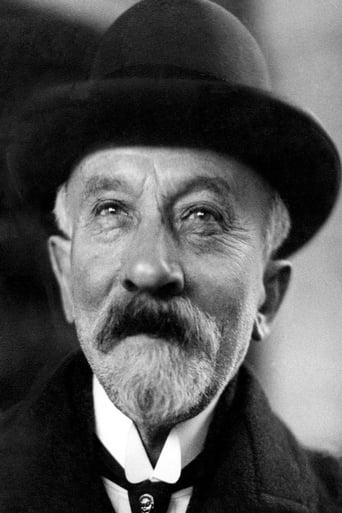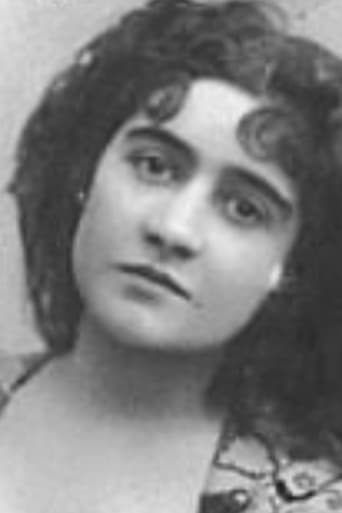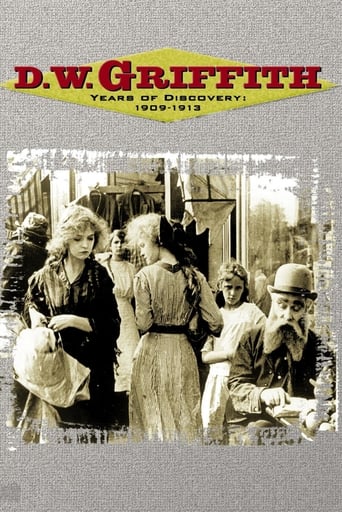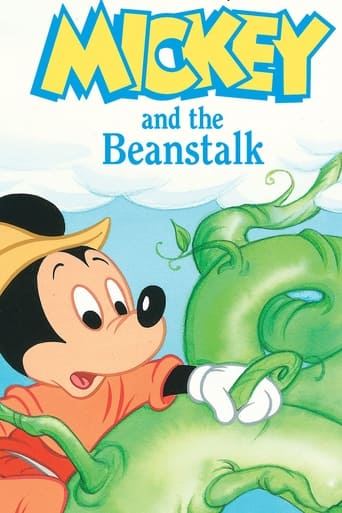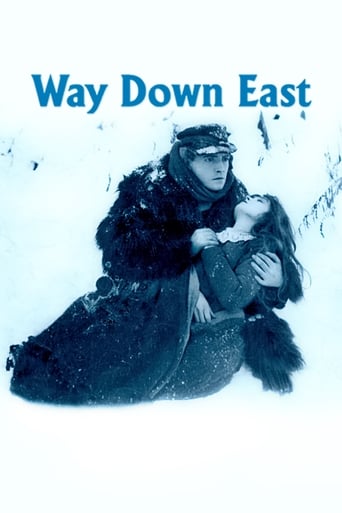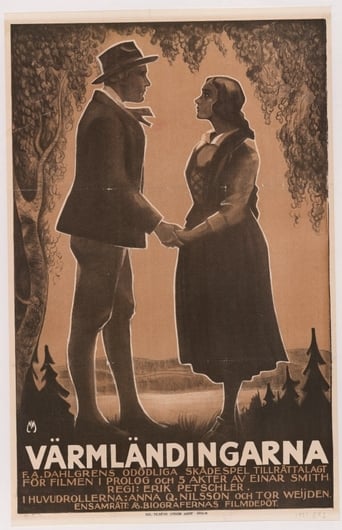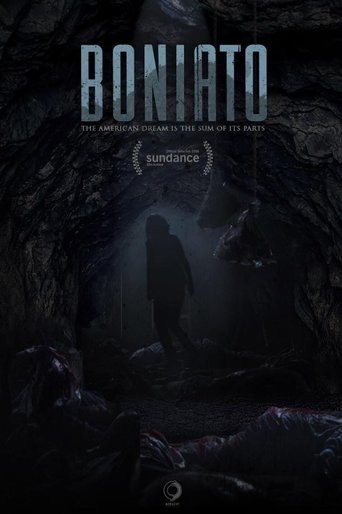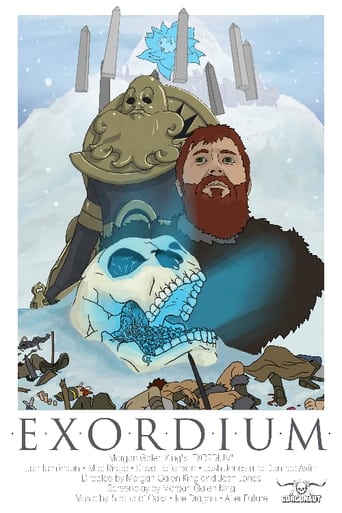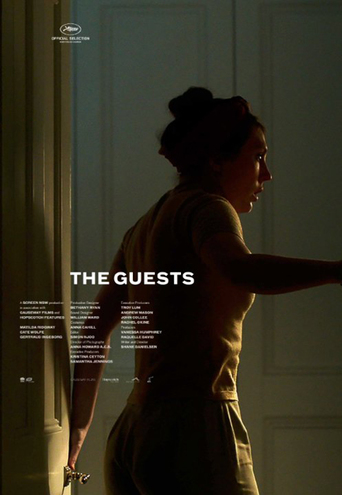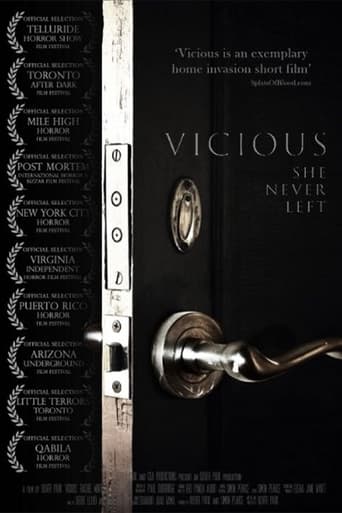

Bluebeard (1901)
A young woman becomes the eighth wife of the wealthy Bluebeard, whose first seven wives have died under mysterious circumstances.
Watch Trailer
Cast


Similar titles
Reviews
Bluebeard (1901) aka Barbe-bleue ** 1/2 (out of 4) An interesting if not totally successful film from Georges Melies. After seven wives have mysterious died, Bluebeard holds a contest to pick his eighth wife. Things are going as planned until the ghosts of the seven previous wives show up. This here is certainly a horror film from start to finish but it's a shame the film gets off to such a weak start. The ending, with the wives returning, is very well done.In early 2008 a box set with over 170 Meiles films will be released and it's certainly long overdue.
Film historians, like Richard Abel, sometimes split most of the films of Georges Méliès into two categories: the trick films, which are the shorter, generally one-scene films that are entirely about the attraction of the special effects, and the féeries, or fairy films, which are longer, narrative films, fantastic in their subjects, and with multiple tableaux. "Bluebeard" is obviously one of the féeries. Characteristic of the genre, it even has a fairy that manipulates the characters, including their dreams, and the plot of the film. Later films that are often considered fairy films (or fantasy films), such as "Le Voyage dans la lune" (1902), don't involve a fairy to such an extent. Méliès began making these longer narrative films by 1899, beginning with "Cinderella" (Cendrillon). As with "Cinderella" and about every story film of his, Méliès uses the tableaux vivant style, dissolves to transition between the single-shot scenes and studio sets for a theatrical style of narrative. Exhibitors also tended to rely upon the extra-filmic lecturer (which was common then even for non-narrative films, but they became especially useful in aiding audiences in following complex narratives such as this one). Méliès would even provide exhibitors with the narration for the lecturers--including story details that would otherwise be uncertain or unknown. In addition, as with "Cinderella", "Bluebeard" is based on a story by Charles Perrault. Other filmmakers would eventually create more cinematic story films, but at first, they would imitate Méliès's féeries, but with their own regional influences, such as in Robert W. Paul's "The Magic Sword" (1901) and Edwin S. Porter's "Jack and the Beanstalk" (1902). Pathé was also quick to imitate all things Méliès and to try to take over his market.On its own, "Bluebeard", at ten scenes, is an elaborate production for its time when compared to the short films of often only one shot that continued to coexist with the development of these story films. Méliès would even continue to make both kinds of films. Additionally, although stagy, the set designs by Méliès were the best in filmdom at the time. The film's story is also very good for a Méliès production, including two rather macabre scenes. I especially appreciate the demon, or devil, and fairy characters. They both watch over Bluebeard's wife; the demon, or devil, tempts her into danger, while the fairy protects her against harm. In the dream scene, they both control the wife's superimposed dream images above her. The fairy's control of the narrative reappears in the aforementioned "The Magic Sword" and "Jack and the Beanstalk", as well as in other Méliès films such as "Kingdom of the Fairies" (1903)--reaffirming its centrality to the fairy film.
For 1901, this is a completely extraordinary film. No other film director or producer of the time could even come close to equaling the complexity and watchability of his films. Think about it--in 1901 when this film was made, almost all films were only about a minute long (more or less) and almost all of them were just ordinary films featuring ordinary activities (such as babies crying, waterfalls or street scenes). There was absolutely no writing, no plot and no acting as we came to know it. Yet, at the same time we have films like BLUEBEARD that have wonderful sets (kind of kitchy compared to today--I really think they are cute and charming), acting and scripts! Plus, after about the first half of this film, you'll see the absolute best trick cinematography of the era!! When the little imp jumps in and out of the book, the horrific scene of the seven dead wives hanging in the basement and the amazing not to be missed final scene you realize that for his time, Méliès was an absolute genius and tremendous innovator. The only negative at all about this film was the lack of inter-title cards--something that you can't blame him for since they hadn't yet come into vogue. Brilliant and every bit as wonderful as his 1902 breakout film Le Voyage dans le Lune.If you want to see this film online, go to Google and type in "Méliès" and then click the video button for a long list of his films that are viewable without special software.
this movie has great backgrounds from the castle,the greatest moment is a real horror moment when the woman goes into the forbidden room and finds the hanged 7 ladies all former wives of bluebeard,another great moment is when the woman sleeps and dreams when the ghosts of the 7 dead wives and the dancing keys appears.


